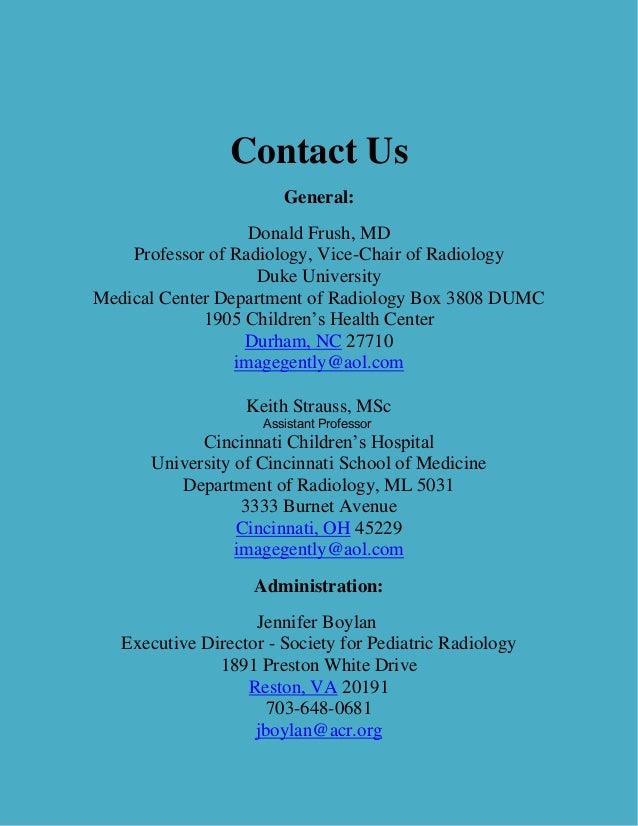
The osmolality depends also on the iodine concentration, which typically ranges from 300 mg I/mL (=670 mOsm/kg H 2O) to 370 mg I/mL (=800 mOsm/kg H 2O) (Appendix 15.1). Nonionic iodinated monomers (ratio 1:3) are also of less osmolar than ionic because of fewer particle number in water, i.e., nonionic agents do not require an accompanying cation and therefore have lower osmolality and belong to the group of low-osmolar CM, short LOCM. Then there are ionic dimers containing 6 iodine atoms (ratio 1:3) and having less osmolality than HOCM. These agents belong to the group of high-osmolality contrast medium, short HOCM.

This means that each ionic monomer will dissociate into two particles due their ionicity, so the ratio is 2:3. The ionic iodinated contrast agents contain three iodine atoms (in a monomer unit) and are having higher osmolality than blood. Normal human reference range of osmolality in plasma is about 280–300 milliosmoles per kilogram. Some MR contrast media have characteristics of two classes, e.g., the majority of the molecules take an extracellular path being excreted via the kidney and the minor amount presents an intracellular pathway, e.g., liver-specific metallochelates are partially excreted via the biliary system. CM with intracellular uptake provide tissue-specific characteristics, e.g., they are taken up by lymphatic cells or hepatocytes, e.g., Gd-EOB-DTPA.

For this class of agents (ECF compounds), there is no intracellular uptake described. These are often called “unspecific agents” and allow the evaluation of physiological parameters, such as the status or existence of the blood/brain barrier or the renal function. First-generation MR contrast agents distribute within the intravascular space and due to its small molecule size diffuse into the interstitial space of extracellular fluid (ECF) and according to the law of equilibrium back into the intravascular compartment. Intravenously (IV)-injected CM behave differently. Contrast agents are used to enhance image contrast between pathological or anatomical structures of interest and their surrounding tissue or liquid.


 0 kommentar(er)
0 kommentar(er)
